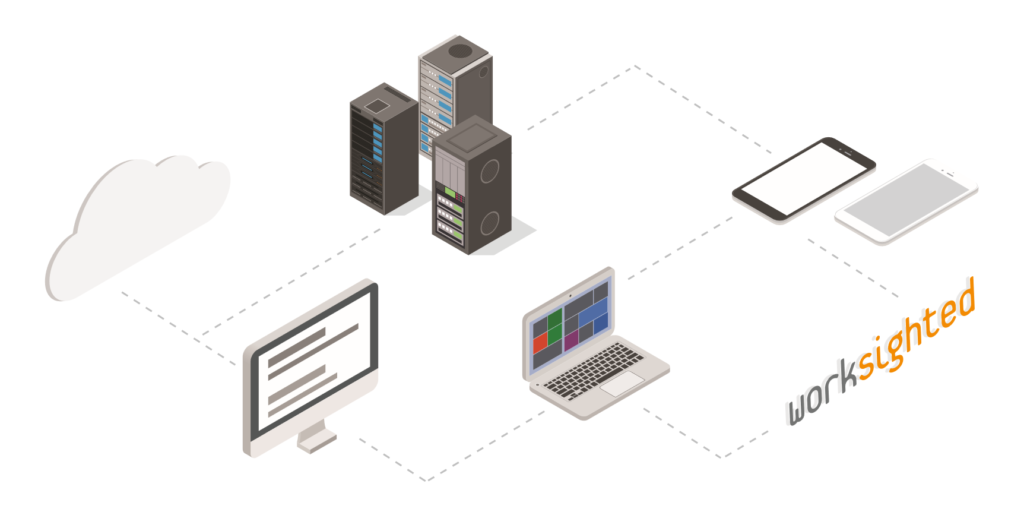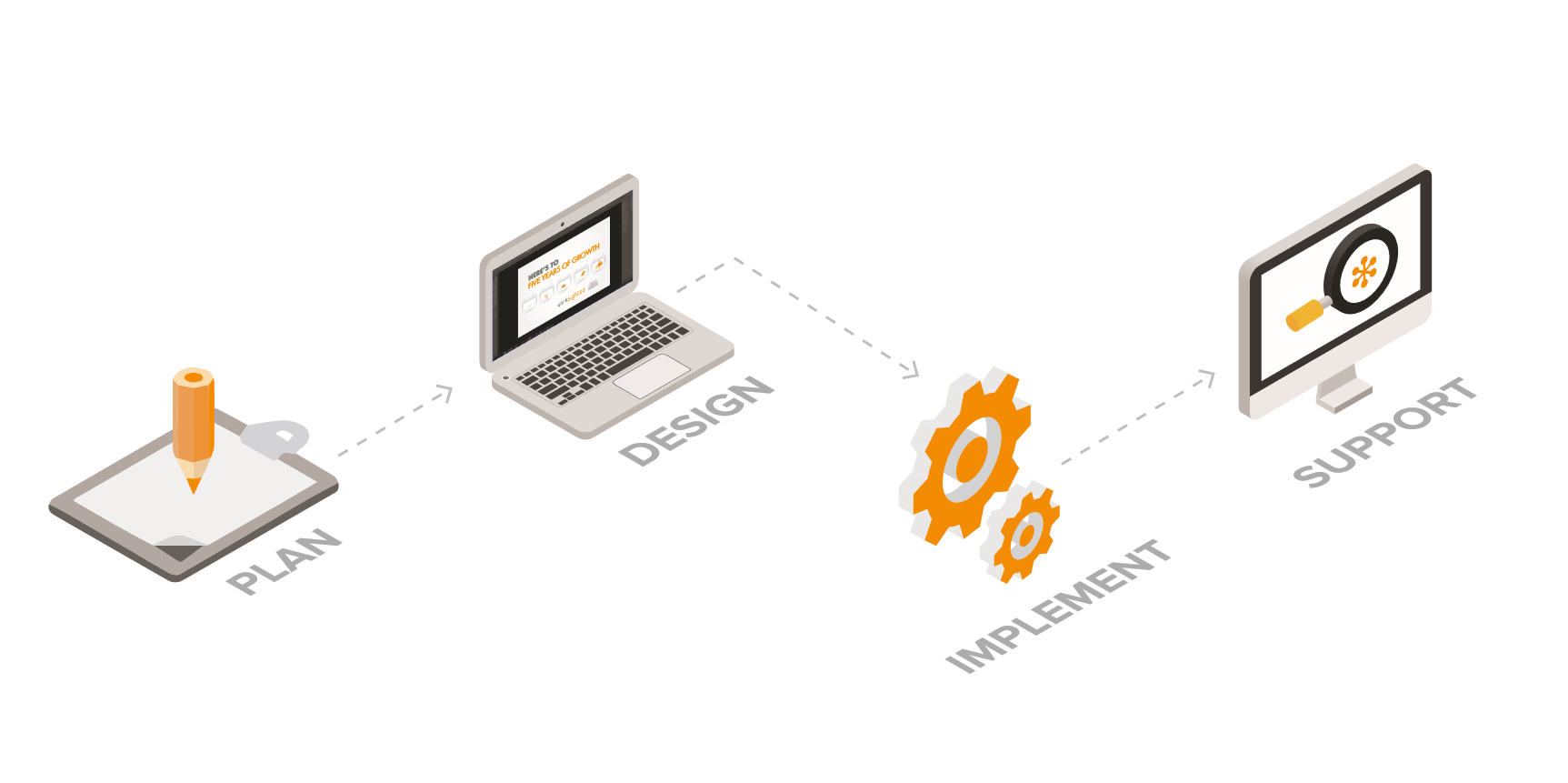5 Tips for Learning New Technology
Two major confessions-
- Every time I say the word salmon, I silently pronounce the L and
- I have purses older than our intern. If 40 is the new 20, 50 is the new 30, and 60 is the new 40, I fear to break the news to our lab guys that most of them haven’t even been born yet.
According to the internet, I’m fast approaching the age when technology is supposed to be a Stonehenge-level life mystery. Which is strange because I’ve watched the fall of the Berlin Wall, survived Mt. St Helens, acid wash jeans and AquaNet. I’m pretty sure I can survive an iOS update to my phone. This is nothing compared to the generation before me. They had war, Woodstock and knew how to throw a protest. The idea that anyone older than a millennial can’t keep up with technology is a myth. What’s not a myth is how anxiety-provoking technical change can be. Here are 5 Tips to learning new technology.
Tip #1: Don’t Sell Yourself (or anyone else) Short
Research increasingly shows that, although you may face some extra difficulties, your brain still has an astonishing ability to master new skills regardless of age. The same skills that have helped you learn and navigate the world as an adult are the exact same skills you’ll need to learn new technology. After all, you didn’t get this far in life by resting on your elementary school laurels of playing dodgeball and creative use of paste.
Tip #2: Don’t Panic- You’ve Got This
It’s actually a lack of confidence that may be our biggest barrier to learning. Self-confidence is one of the most influential motivators of behavior. When confronted with learning a new technology, we may panic or become afraid. Fearing we won’t be able to learn, fear of looking dumb, fear of losing our job, fear of failing; all of these fears and negative self-talk play havoc with our self-esteem and can quickly become a self-fulfilling prophecy. As humans, we have a horrible tendency to believe everything we think. Remember, not everything we think is true or even real.
Tip #3: Emotion and Locomotion
If you’re nervous about new technology, you’re not alone. It’s estimated that 14% of workers are nervous that their current role won’t exist in five years due to new technology. If you’re one of them, listen to the advice of Robyn Benincasa. Robyn tells a great story of being the only female racer on an endurance race team. On one particular race, she’d just completed a harrowing ascent up the side of a cliff, her feet were blistered and bleeding inside of her boots, she had given the race everything she had and still wasn’t done. On the cliff’s edge, she pauses and does the one thing she said she would never do in front of her male teammates. She begins to cry. It was at that moment that the team leader came over to her and shouted “ Robyn, do you know the difference between winners and losers?!.” She responded, “sniff-sniff-hiccup No, what?” He said, “ Winners walk and cry.”
It’s ok to be nervous or apprehensive while learning the new technology anyway. Whatever emotions you’re feeling, go ahead and feel them. Just don’t allow them to stop you from moving forward. Don’t let your emotion stop your locomotion. Winners walk and cry.
Tip #4: Know When to Ask for Help
When working with new technology, it’s easy to get lost as we try to grind our way through a new task or a new set of instructions. How do we know when to ask for help? Too soon and it looks like we’re not trying. Too late and we miss a deadline. Enter the timebox. Here’s how it works.
- Whenever a task is due, find out the deadline.
- Now that you know your deadline, set a timebox. The timebox is a limited amount of time, less than your deadline, that you are going to work on the task.
- Start your task. If you reach the timebox ( e.g. 1 hour) and still haven’t made much progress, ask for help.
The timebox approach helps you stay focused on the task, gives you time to practice what you’ve learned and helps you avoid not asking for help too soon or too late.

Tip #5: Practice. Be Patient. Practice More.
The idea that it’s going to take 10,000 hours to master something isn’t true for everything. There are a lot of variables that go into the mastery equation but it will require some measure of practice. Do you know what else it requires? Patience. Be patient with yourself. Part of practicing is making mistakes and part of making mistakes is learning.
It doesn’t matter if you’re the new 20 or the former 40, when the opportunity to learn a new technology knocks on your door, answer it! When a mistake comes up, say to yourself “That’s How I Learn”. When you need help, unless you’re at an auction, raise your hand! You’ve got this.
Have more tips for learning new technology? Leave us a comment. We’d love to hear from you.








